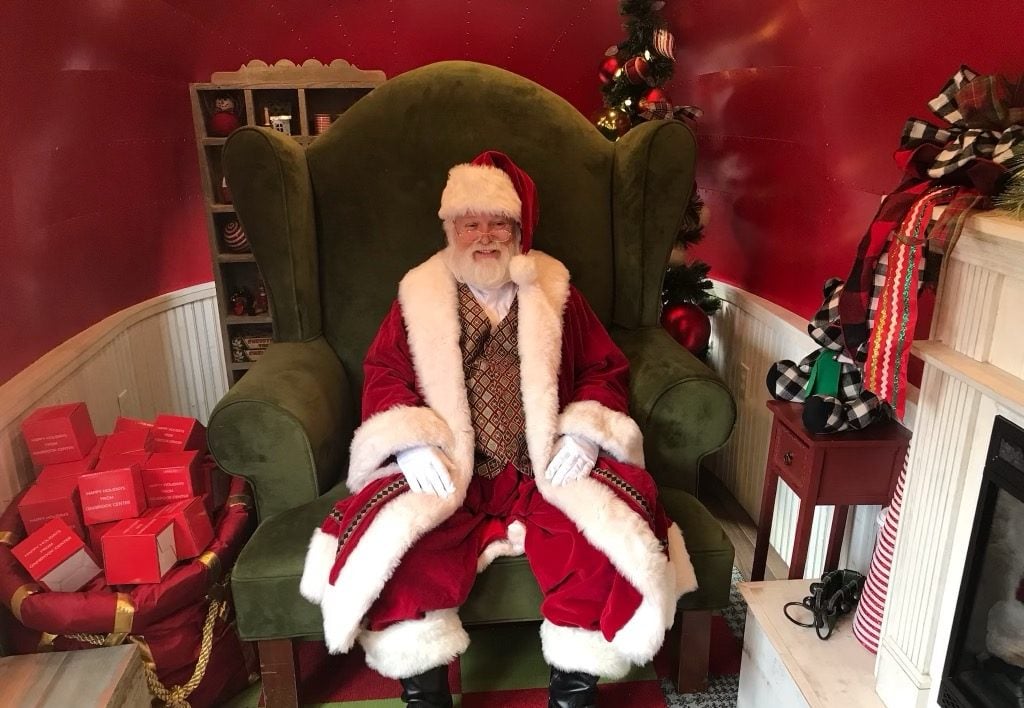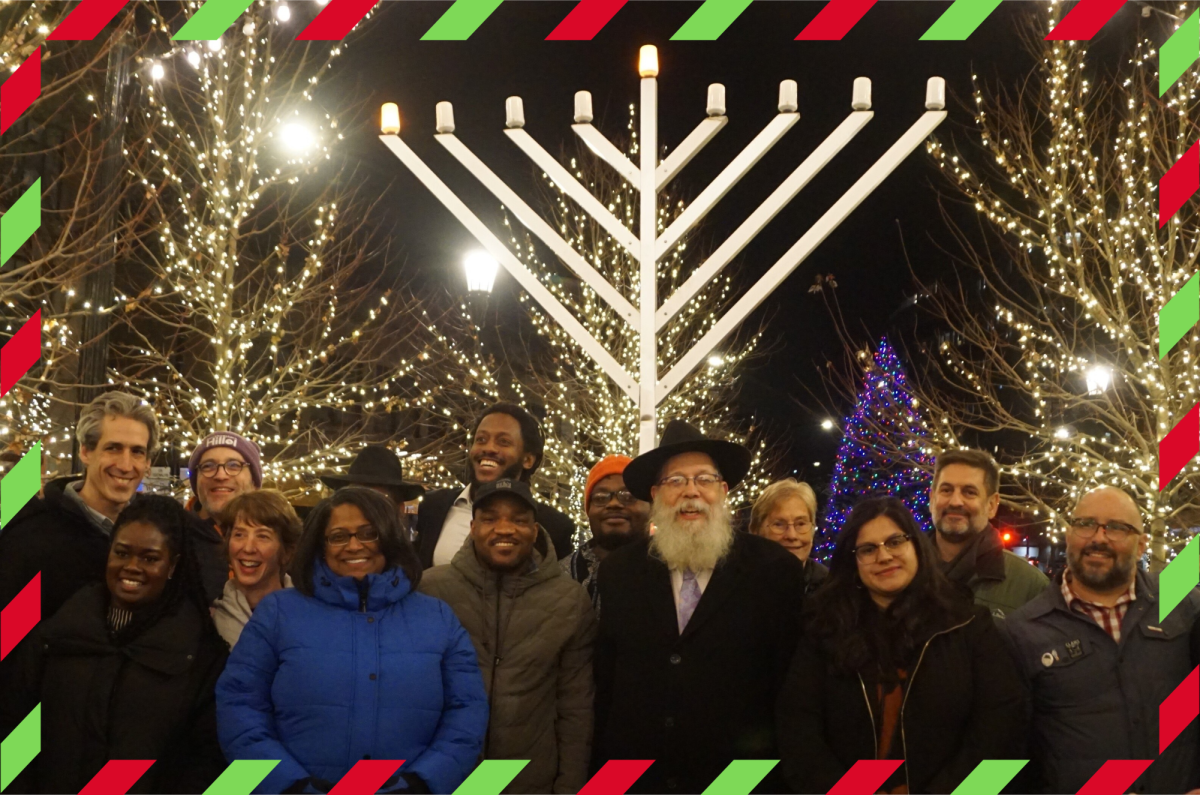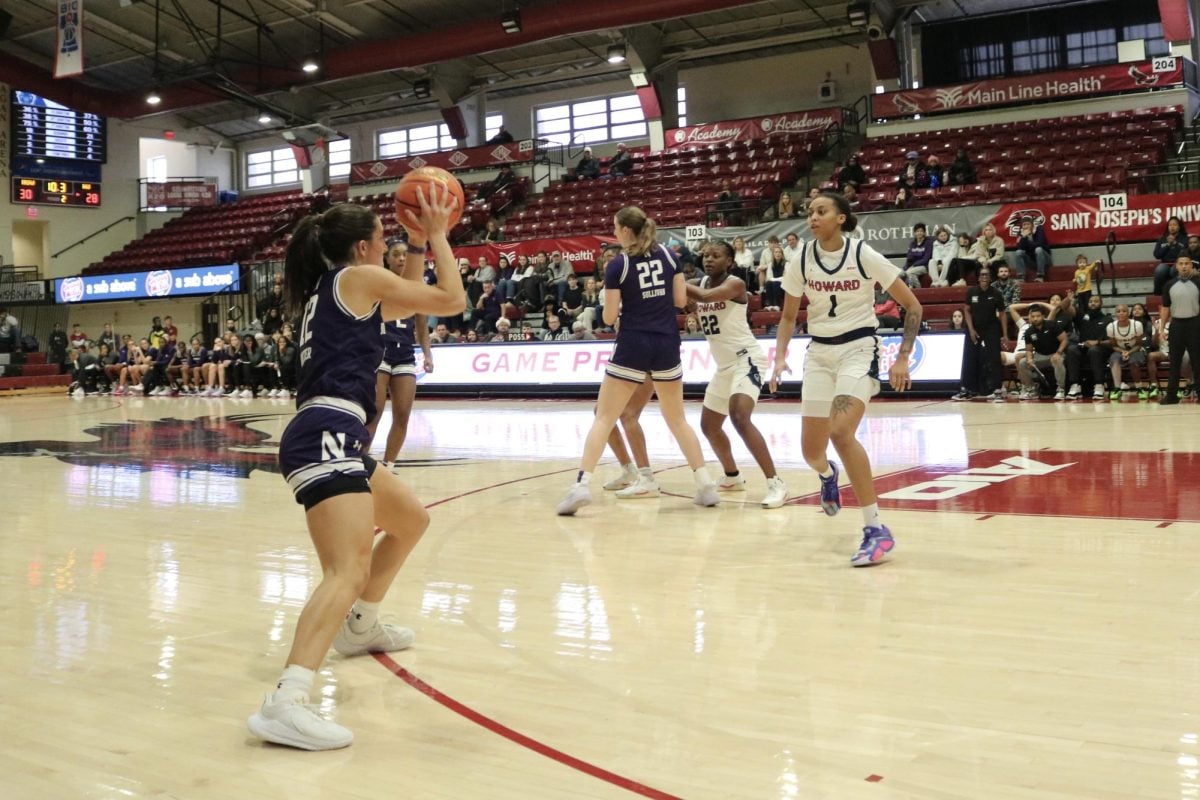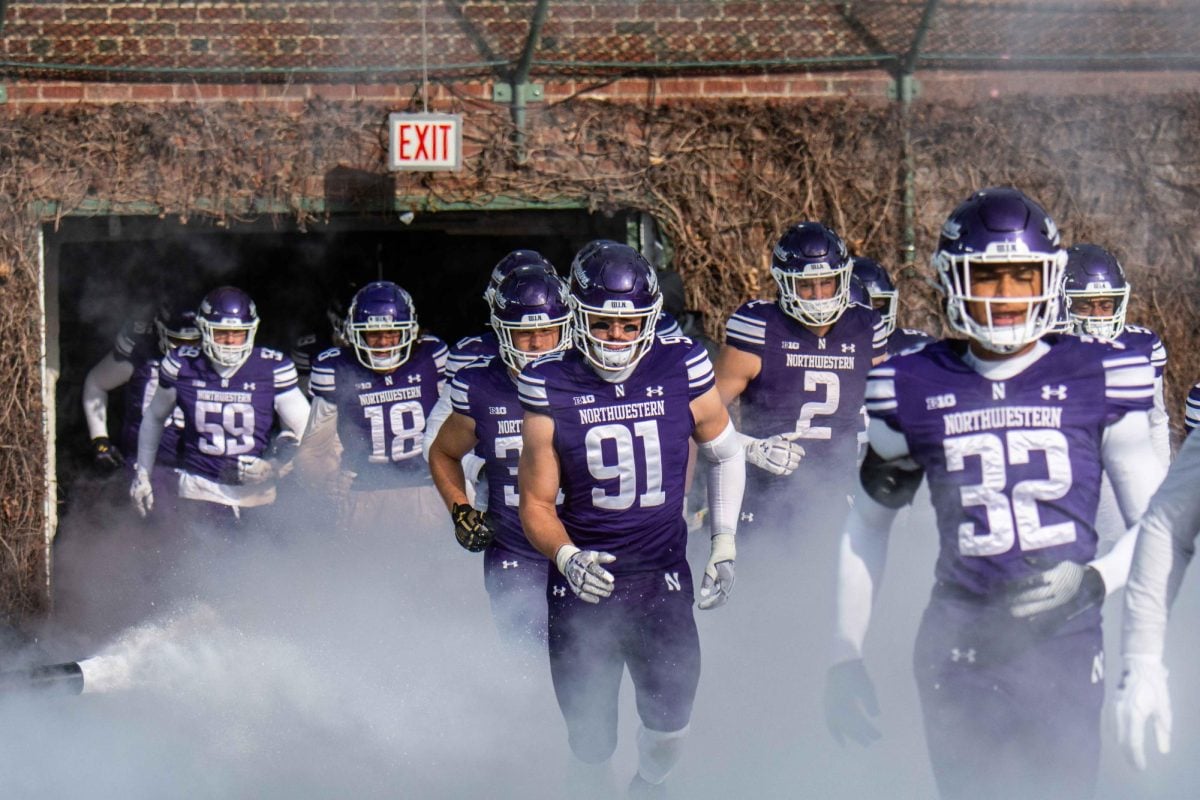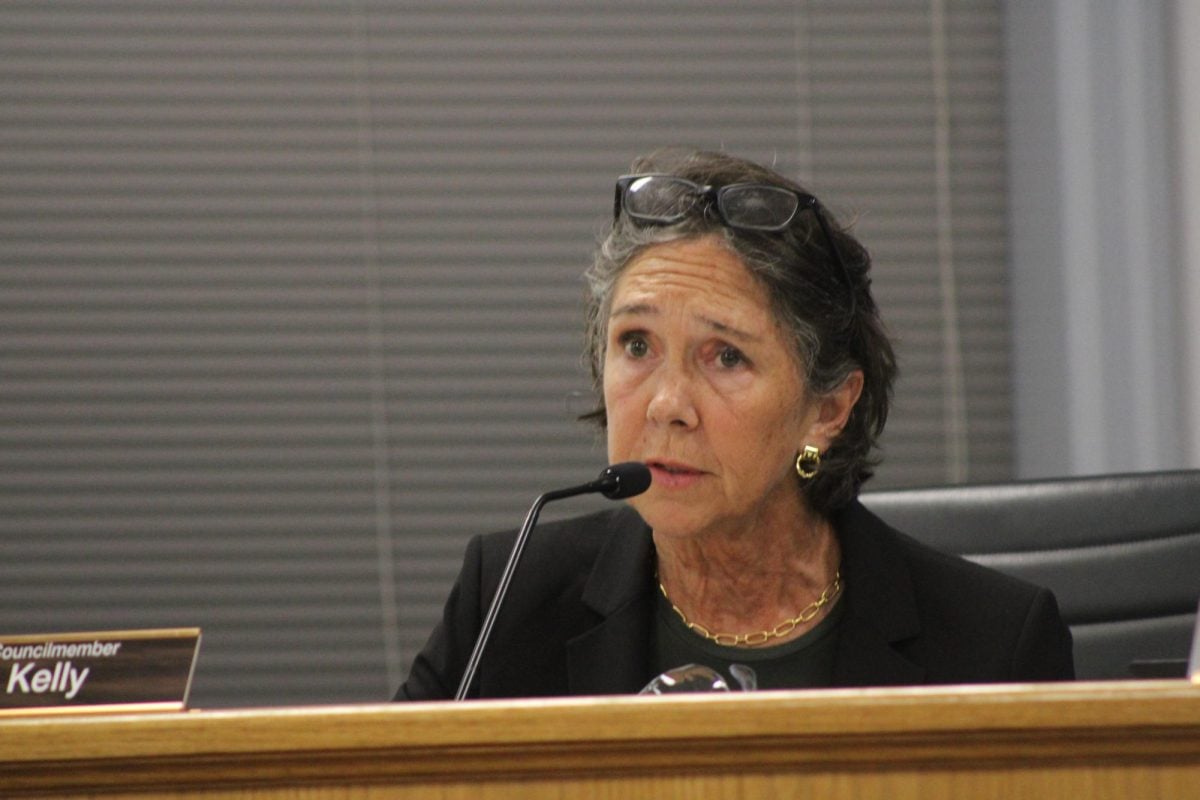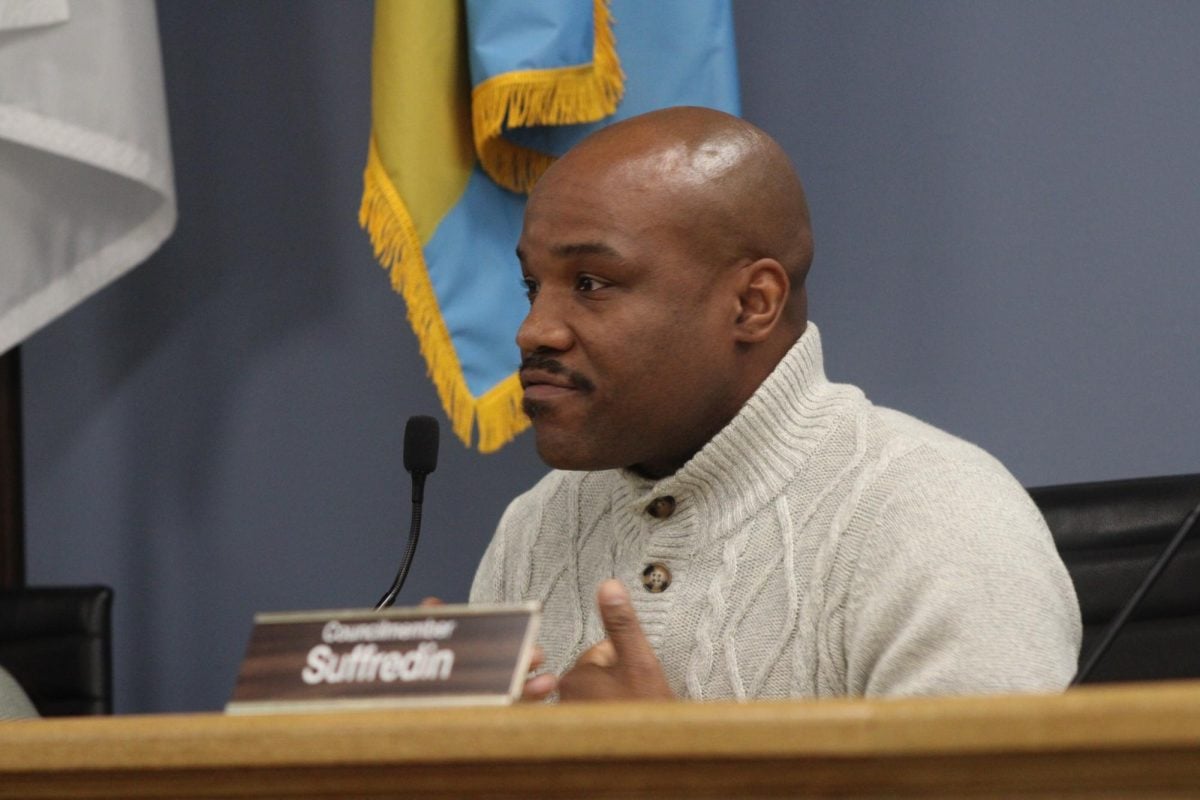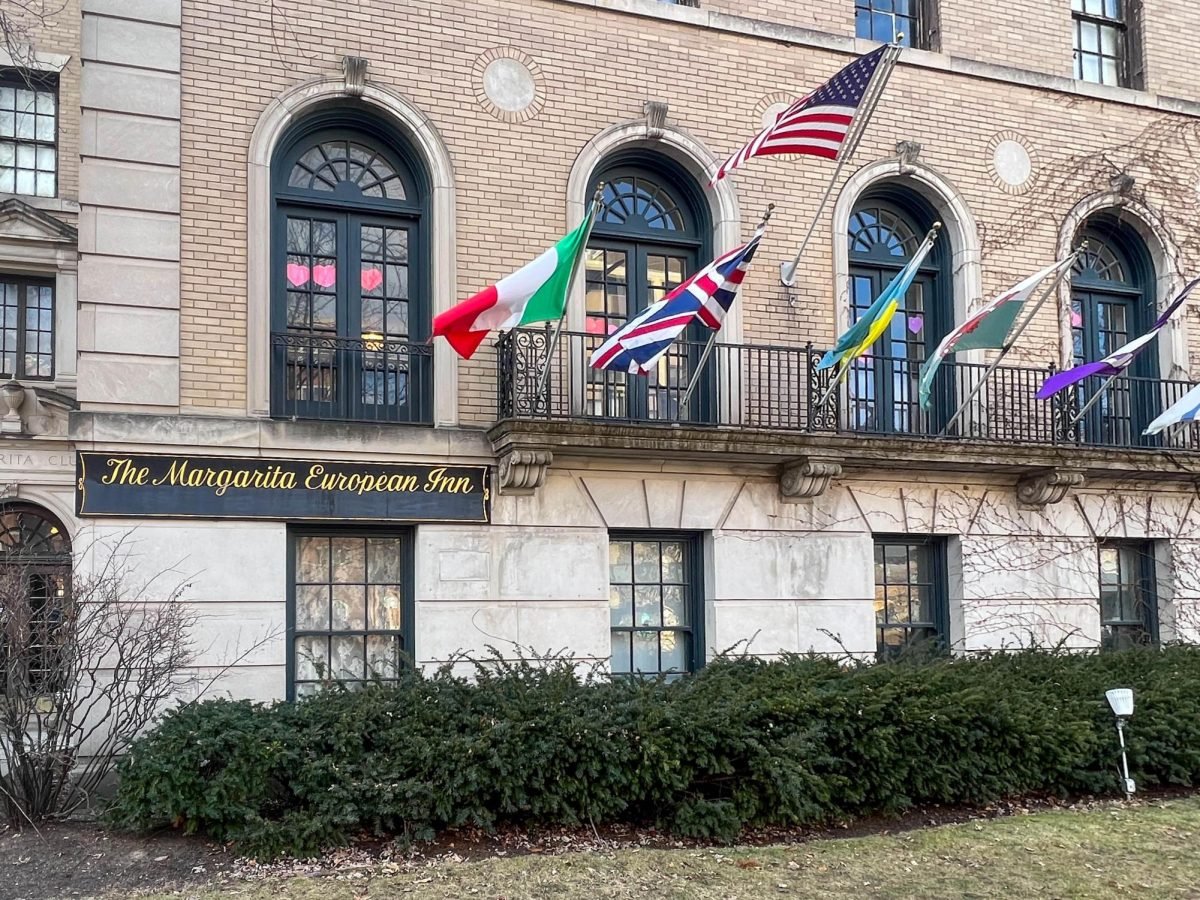Homelessness in Illinois increased slightly from 2011 to 2012, bucking a national trend of stable rates, according to a report released April 9 by the National Alliance to End Homelessness.
Statewide, homelessness increased by 1 percent in the last year, contrary to a slight nationwide decline of 0.4 percent. Evanston officials estimate the city has seen a similar increase in the last several years as well.
City officials have intensified their focus on homelessness in Evanston in the last several years. In 2011, Mayor Elizabeth Tisdahl launched the Homeless Task Force to research and draft a report on homelessness in Evanston. The task force released its report in April 2012, revealing about 10 percent of Evanston residents are either homeless or at risk of becoming homeless. Based on recommendations from the report, the city expanded its Housing Commission to form the Housing and Homelessness Commission in late 2012.
Samantha Batko, director of the Homelessness Research Institute, said that although homelessness in Illinois rose slightly, it “wasn’t necessarily the whole story.”
Despite the overall increase, Illinois saw a dramatic decline in its chronic homeless populations, which decreased by 13 percent. The U.S. Department of Housing and Urban Development defines the chronically homeless as disabled people who have been homeless at least a year or four times in the past three years.
Batko said the decrease in chronic homelessness is likely the result of federal investment in permanent supportive housing, which provides rent subsidies and other support services to the chronically homeless.
On the other hand, the state’s family homelessness increased by 1 percent, according to the report. Batko said the increase in family homelessness is generally the result of two factors: housing affordability and family income.
Joanne Zolomij, the chair of Evanston’s Housing and Homelessness Commission and a realtor in Evanston, said the lack of affordable housing options in the city was a large factor in its homeless rates.
“Our housing here is expensive,” Zolomij said. “And that’s a problem.”
Although exact numbers for changes in Evanston’s homeless population aren’t available, Zolomij said she was sure homelessness in Evanston had increased, given an expensive housing market coupled with a statewide decrease in income. The national report showed a 3 percent decrease in Illinois’ median income from 2010 to 2011 and a 9 percent increase in persons in poverty during the same time period.
Zolomij estimated a significant portion of Evanston’s homeless population comes from people who are “doubling up,” referring to people who have lost their homes and are temporarily living with family or friends. The Homeless Task Force’s report estimated that between 500 and 700 homeless in Evanston are doubled up.
Statewide, the number of people “doubling up” increased by 11 percent, according to the national report.
City Council and the Housing and Homelessness Commission will focus on increasing the availability of affordable rental options to combat homelessness in Evanston, Zolomij said.




